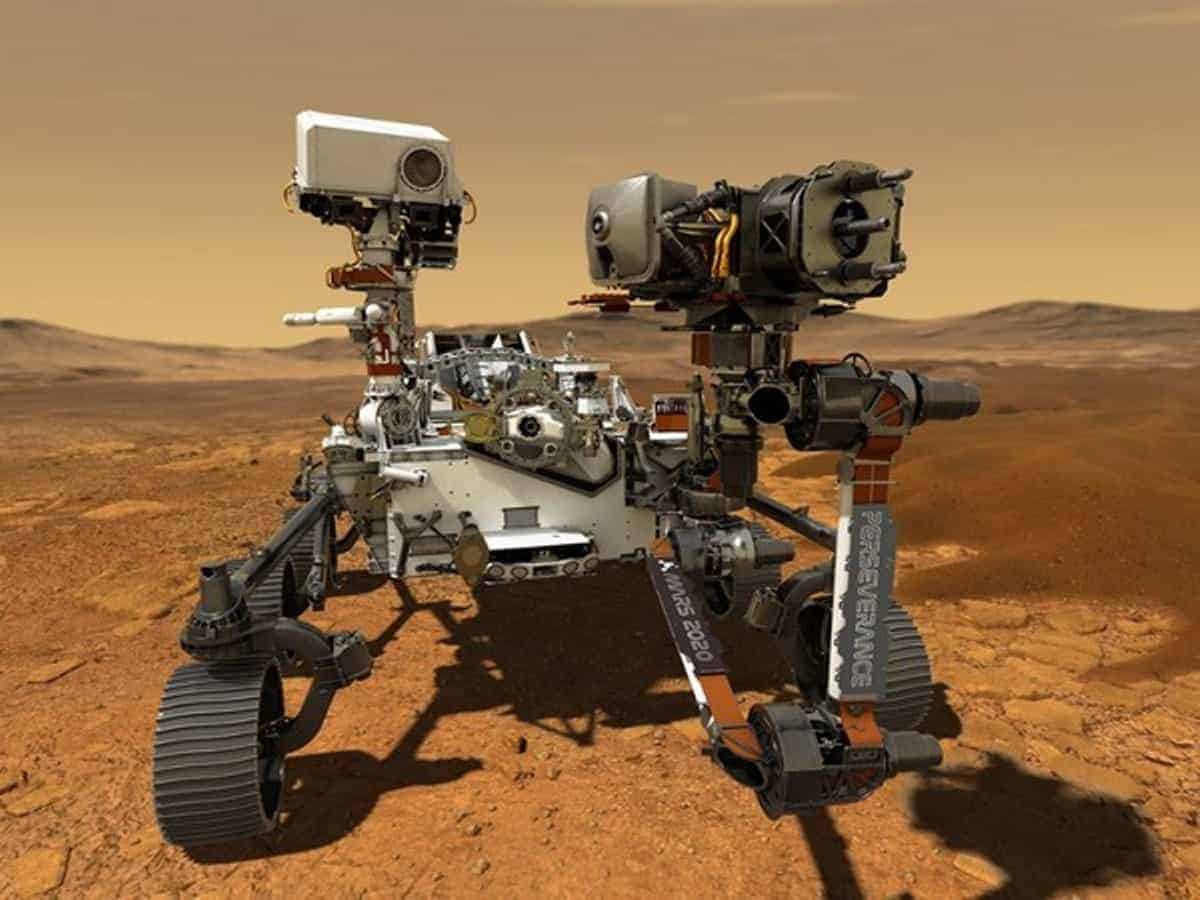Beijing: China’s Mars rover Zhurong has accomplished its exploration and detection tasks as planned.
As of August 15, Zhurong had worked on the surface of Mars for 90 Martian days, or about 92 days on Earth, with all scientific payloads having started to work on detection tasks, the Xinhua news agency quoted the China National Space Administration (CNSA) as saying.
The CNSA added that the rover will continue to move to the boundary zone between the ancient sea and the ancient land in the southern part of Utopia Planitia, and will carry out additional tasks.
China is now the second country, after the US, to operate a rover on the Red planet.
On May 15, Zhurong — named after a Chinese mythical fire god — touched down at its pre-selected landing area in the southern part of Utopia Planitia, a vast plain on the northern hemisphere of Mars.
China launched its Mars probe — Tianwen-1 — on July 23, last year. The spacecraft, consisting of an orbiter, a lander and a rover, entered the parking orbit of Mars on February 24 this year.
The orbiter is equipped with seven kinds of scientific instruments: two remote-sensing cameras, Mars-Orbiting Subsurface Exploration Radar, Mars Mineralogy Spectrometer, Mars Magnetometer, Mars Ion and Neutral Particle Analyzer and Mars Energetic Particle Analyser.
The six-wheel solar-powered rover, looking like a blue butterfly with a mass of 240 kg, carries the Terrain Camera, Multispectral Camera, Mars-Rover Subsurface Exploration Radar, Mars Surface Composition Detector, Mars Magnetic Field Detector and Mars Meteorology Monitor.
The Tianwen-1 aims to map the morphology and geological structure, investigate surface soil characteristics and water-ice distribution, analyze the surface material composition, measure the ionosphere and the characteristics of the Martian climate and environment at the surface and perceive the physical fields and internal structure of Mars, the report said.

